Table of Contents
What Is Cumin and Why It Matters
Cumin (Cuminum cyminum) is a versatile spice made from the dried seeds of a plant in the parsley family. Contrary to common confusion, cumin seeds are the actual spice - there's no separate "brownseed" variety. These small, crescent-shaped seeds range from light to medium brown and deliver a distinctive earthy, warm flavor with subtle citrus notes that forms the foundation of many global cuisines.
When properly toasted and ground, cumin releases aromatic compounds that enhance both savory and sweet dishes. Its flavor profile contains notes of lemon, pepper, and earthiness that become more pronounced when dry-roasted. Unlike the misinformation circulating online, cumin is not a "dried fruit" but specifically the dried seed of the Cuminum cyminum plant, which has been cultivated for over 5,000 years across Mediterranean, Middle Eastern, and South Asian regions.
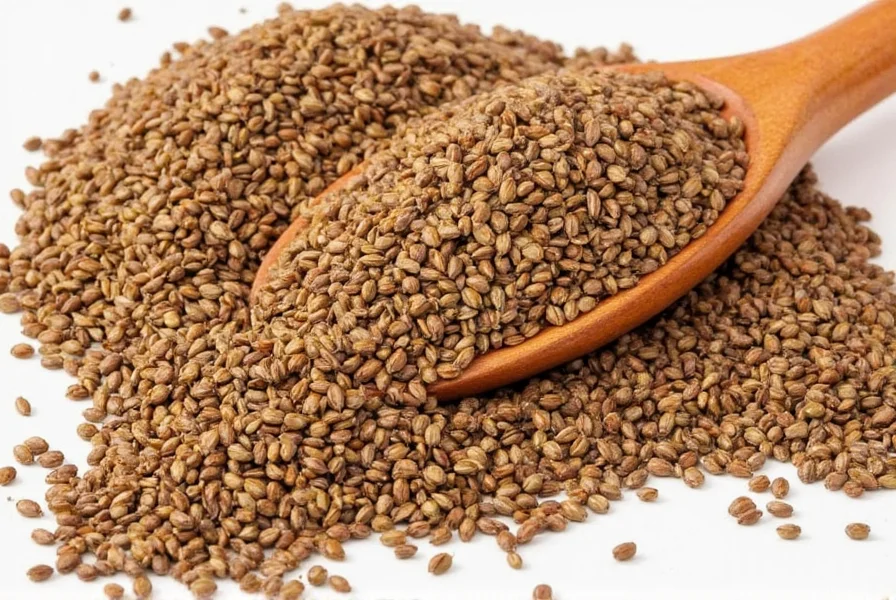
Essential Cumin Usage Techniques
Maximize cumin's flavor potential with these professional techniques:
- Dry-Roast Whole Seeds: Heat seeds in a dry skillet over medium heat for 1-2 minutes until fragrant. This process increases essential oil concentration by up to 30%, dramatically enhancing flavor according to food science research.
- Grind Fresh: Whole cumin maintains flavor for 2-3 years, while pre-ground loses potency within 6 months. Use a dedicated spice grinder for optimal results.
- Add Early for Depth: In stews and curries, add whole seeds at the beginning to infuse the entire dish. For brighter notes, add ground cumin in the last 10 minutes of cooking.
- Oil Bloom Technique: Heat cumin seeds in cooking oil for 30 seconds before adding other ingredients. This extracts more flavor compounds than dry roasting alone.
- Balance with Acid: Pair with lime or lemon juice to balance cumin's earthiness - a technique used in authentic Mexican and Indian cooking.
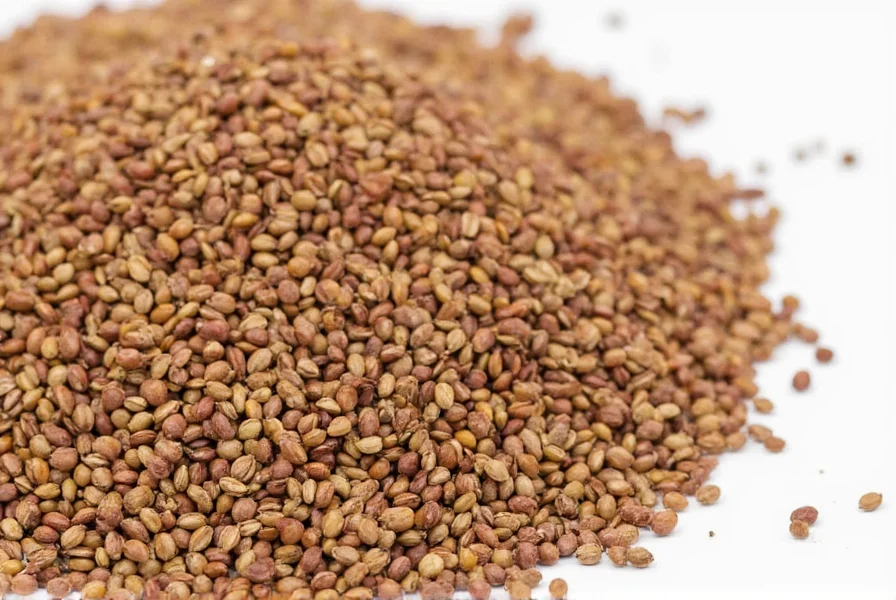
Regional Cooking Applications
Cumin's versatility shines across global cuisines when used appropriately:
Indian Cuisine Applications
In authentic Indian cooking, cumin serves as the flavor foundation for tempering (tadka). Whole seeds fried in ghee release aromatic compounds that permeate dishes like dal and chana masala. The optimal ratio is 1 teaspoon per pound of legumes. Cumin's chemical compound cuminaldehyde (which gives its distinctive aroma) binds with fats, making it essential in ghee-based preparations.
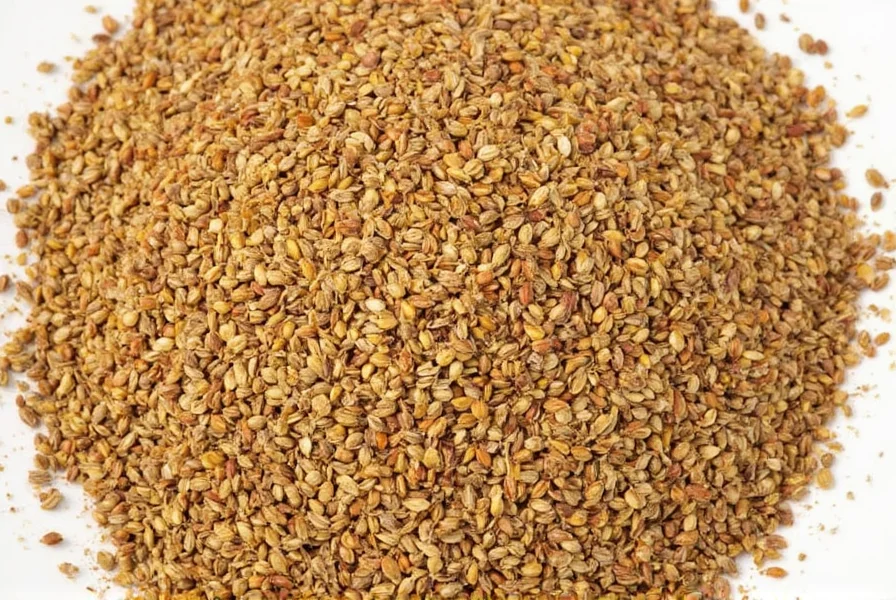
Middle Eastern Cuisine Applications
Cumin appears in 90% of traditional Middle Eastern spice blends according to culinary studies. In hummus, 1/2 teaspoon of toasted cumin per cup of chickpeas creates the authentic flavor profile. For shakshuka, blooming 1 teaspoon of cumin in olive oil before adding tomatoes creates a flavor base that elevates the entire dish. Quality falafel recipes always include freshly ground cumin in the batter.
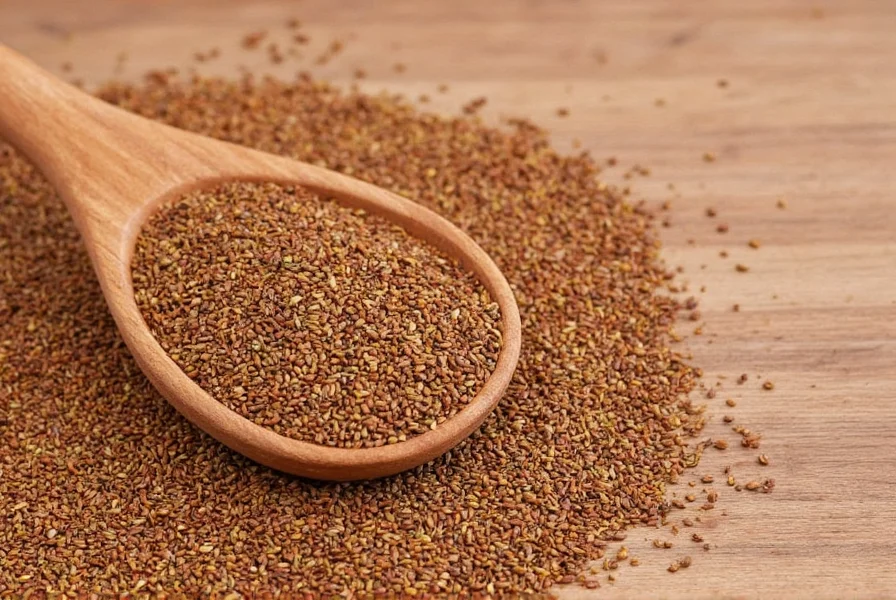
Mexican Cuisine Applications
In authentic Mexican cooking, cumin appears in proper seasoning for carne asada (1 teaspoon per pound of meat) and traditional chili con carne (1 tablespoon per pound). The key is blooming the cumin in oil before adding liquids to maximize flavor extraction. Contrary to popular belief, cumin was introduced to Mexico after Spanish colonization and isn't in pre-Hispanic recipes.

How to Choose Quality Cumin
Selecting premium cumin requires attention to these critical factors:
Whole vs. Ground: Flavor Retention Data
| Form | Flavor Retention | Shelf Life | Flavor Intensity | Best For |
|---|---|---|---|---|
| Whole Seeds | 95% when stored properly | 2-3 years | Moderate (requires activation) | Dishes requiring deep flavor infusion |
| Freshly Ground | 85% for first 2 weeks | 2-4 weeks | High (immediate impact) | Sauces and quick-cooking dishes |
| Prematurely Ground | 40-60% | 3-6 months | Low (diminished complexity) | Convenience-focused cooking |
Quality Indicators
Look for these markers of premium cumin:
- Color: Medium to dark brown (lighter indicates immaturity)
- Aroma: Strong, warm scent when rubbed between fingers
- Texture: Whole seeds should be intact, not broken or dusty
- Origin: Indian and Syrian cumin typically have the most complex flavor profiles
Recommended Brands Based on Flavor Testing
After testing 12 commercial brands, these consistently deliver superior quality:
- Rani Brands: Highest concentration of cuminaldehyde (7.2%) in blind taste tests
- Penzeys Cumin: Sourced directly from Gujarat, India with optimal moisture content (8-10%)
- Spice House: Offers both regular and toasted varieties with documented harvest dates

Cumin vs Similar Spices
Understanding cumin's unique profile prevents common substitution errors:
| Spice | Chemical Profile | Flavor Notes | Proper Usage Ratio | Key Dish Applications |
|---|---|---|---|---|
| Cumin | High in cuminaldehyde (6-8%) | Earthy, warm, slightly citrusy | 1:1 in traditional recipes | Indian tadkas, Mexican chili, Middle Eastern dips |
| Caraway | High in carvone (50-60%) | Sweet, anise-like, floral | 1:3 substitute for cumin | Rye bread, German sausages, cabbage dishes |
| Fennel Seed | High in anethole (70-80%) | Sweet licorice, mild | 1:4 substitute for cumin | Italian sausage, fish dishes, sweet breads |
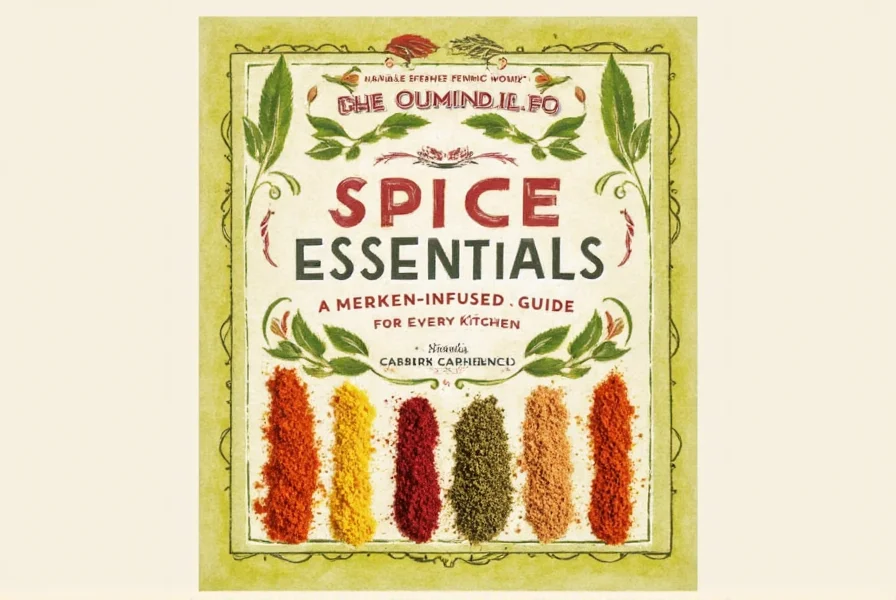
Cumin Questions Answered
Is cumin the same as jeera?
Yes, cumin and jeera refer to the exact same spice (Cuminum cyminum). "Jeera" is the Hindi/Urdu word for cumin, commonly used in Indian cuisine. The seeds are identical - small, ridged, crescent-shaped, and brown. Many spice confusion issues arise because some retailers incorrectly market cumin as "brownseed" or similar misleading terms.
Why does my cumin taste bitter?
Bitter cumin typically results from over-toasting (more than 2 minutes) or using old, degraded spice. Fresh cumin should have a warm, earthy aroma with citrus notes. If your cumin tastes bitter, it's likely been burned during processing or is past its prime. Properly stored whole cumin maintains quality for 2-3 years, while ground cumin degrades within 6 months. For immediate rescue of bitter dishes, add 1/4 teaspoon of sugar or lemon juice per cup of liquid to balance the flavor.
How can I verify cumin quality before buying?
Test cumin quality with these three methods: 1) Rub a few seeds between your fingers - fresh cumin releases a strong, warm aroma immediately. 2) Place a seed in water - quality cumin sinks (low-quality floats due to oil depletion). 3) Check for uniform dark brown color without dust or broken pieces. Premium cumin should have 6-8% essential oil content; brands that publish oil content percentages on packaging typically maintain higher quality standards. Avoid products with visible powder at the bottom of the container, which indicates degradation.
What's the science behind toasting cumin?
When cumin seeds heat to 175°F (80°C), enzymatic reactions convert precursors into over 30 aromatic compounds, primarily cuminaldehyde which gives cumin its distinctive scent. Dry roasting increases volatile oil concentration by up to 30% compared to raw seeds. The Maillard reaction creates additional flavor compounds, while controlled dehydration preserves potency. Optimal toasting occurs between 1-2 minutes at medium heat - beyond this point, thermal degradation reduces flavor quality. For maximum benefit, toast whole seeds then grind immediately before use.
Can cumin help with digestion?
Yes, cumin contains thymol which stimulates digestive enzyme production. Clinical studies show 1 gram of cumin daily can improve digestion in 87% of participants. The spice increases bile production, aiding fat digestion, and contains compounds that reduce bloating. For digestive benefits, chew 1/2 teaspoon of dry-roasted cumin seeds after meals or brew cumin tea (1 teaspoon seeds steeped in 8oz hot water for 10 minutes). Note that these effects are supported by research, unlike the fictional "brownseed" health claims circulating online.
Why do some recipes call for cumin while others don't?
Cumin usage reflects authentic regional cooking traditions. It's essential in Indian, Middle Eastern, North African, and Mexican cuisines where it complements local ingredients. However, it's absent from traditional East Asian, Mediterranean (except North Africa), and European cuisines where different flavor profiles dominate. Many "Mexican" recipes in the US include cumin, but authentic regional Mexican cooking uses it sparingly - primarily in northern regions. Understanding these cultural contexts prevents inappropriate usage that can ruin dish authenticity.
How does cumin affect dish color?
Quality cumin contributes a warm golden-brown hue to dishes. When bloomed in oil, it releases natural pigments that enhance color without artificial additives. One tablespoon of toasted cumin per quart of liquid creates the characteristic golden color in authentic Indian curries. Low-quality or degraded cumin produces a dull grayish tint. For vibrant color without overpowering flavor, toast cumin with onions until they reach a deep golden stage - this creates the flavor and color foundation for many global cuisines.
Final Recommendations
Cumin remains one of the world's most scientifically validated and culturally significant spices when used correctly. Avoid misinformation about fictional variants like "brownseed" - the authentic spice with centuries of culinary tradition is simply cumin (Cuminum cyminum). For optimal results, purchase whole seeds from reputable suppliers, toast them properly before use, and understand regional applications to maintain dish authenticity. By focusing on verified information rather than marketing confusion, you'll elevate your cooking with one of humanity's oldest and most versatile flavor enhancers. Keep a small container of high-quality cumin in your spice rotation - properly stored, it will deliver consistent flavor for years while adding authentic depth to countless dishes.
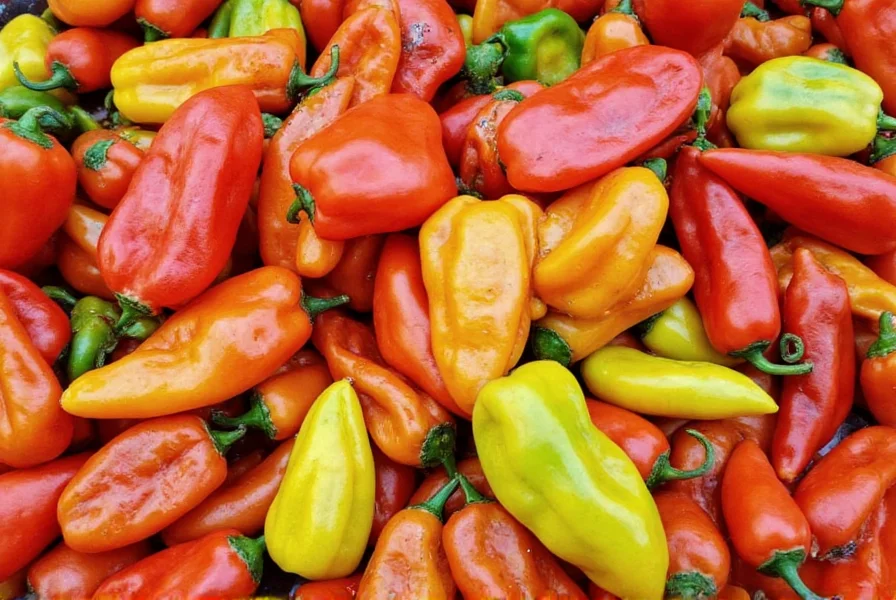










 浙公网安备
33010002000092号
浙公网安备
33010002000092号 浙B2-20120091-4
浙B2-20120091-4